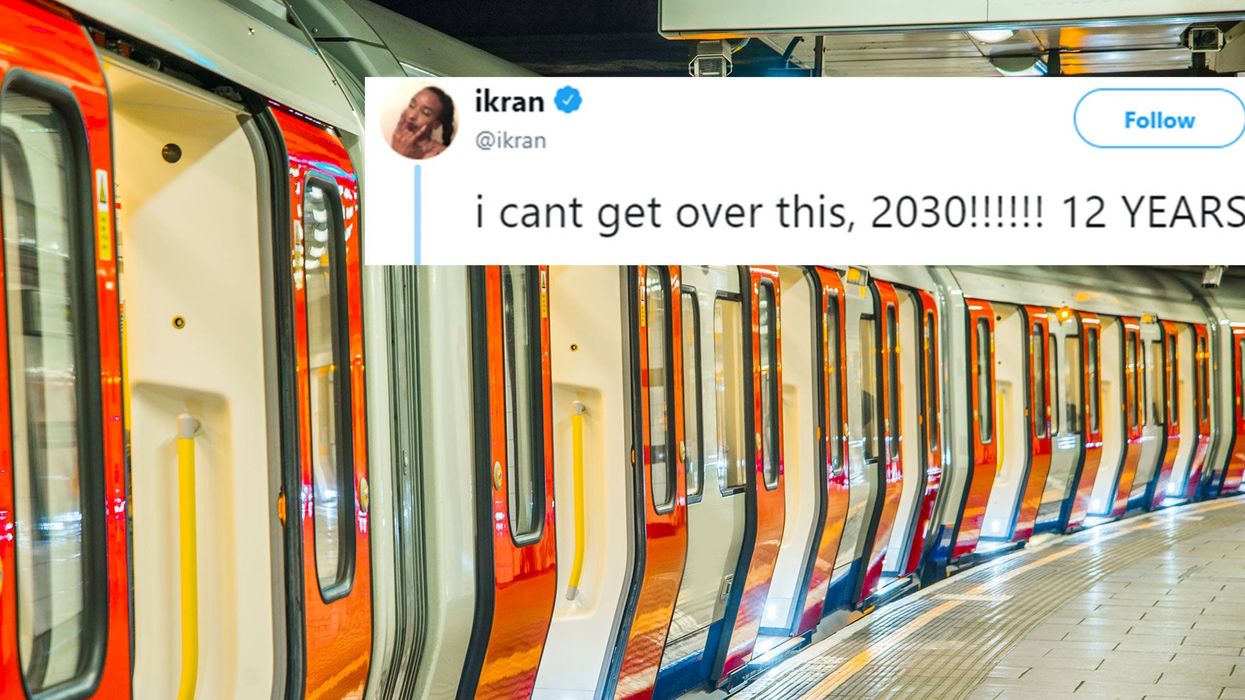Viral
Mimi Launder
Jul 26, 2018

Picture:
iStock / MarioGuti
Ever been on the Central Line in summer? Or spring, or any time of the year to be honest...
If you're fortunate enough to have been spared from that hell, just close your eyes and imagine this:
Then add never getting a seat, commuters pressing into you from all sides and paying for the privilege.
But it's time to relax, because TfL has it sorted. Or will do, one day. In over a decade. In 2030, in fact. But early 2030, if that makes it any better?
To be fair, the heatwave might still be going on then, if British predictions are anything to go by.
Head of line operations for the Central Line, Chris Taggart, revealed this in a doomed Twitter Q&A about one of the hottest tube lines at the hottest time of the year, where temperatures have hit 40C during the recent heatwave.
This is above the 30C maximum temperature at which you are legally allowed to transport cattle, by the way.
When one disgruntled commuter asked when the "dangerous" heat levels inside Central Line trains would be dealt with, the official account - apparently in all serious - replied:
People weren't reassured by this revelation for obvious reasons.
Though it could be worse.
And some even related.
People started planning.
Other noticed that the staff member who replied is called 'Sol', which apparently is not a cruel joke.
But why is it so ridiculously, unbearably hot on the Central Line?
Turns out it's not the devil and there is a scientific explanation for all this.
Cooling the Central Line presents a seemingly near-impossible puzzle for TfL to solve, let alone one that can be fixed by "early 2030", explains a Channel Tunnel engineer in a blog post.
The deep-level tunnels are buried under London clay - which is lovely to tunnel through, but also a heat insulator. The blog post continued:
Over the years, the heat from the trains soaked into the clay to the point where it can no longer absorb any more heat.
Tunnels that were a mere 14 degrees Celsius in the 1900s can now have air temperatures as high as 30 degrees Celsius on parts of the tube network.
That plus the movement from the trains, the engines and the electrical and auxiliary systems add up to one big, hot mess.
However, there is hope in the inventive solutions put forward by the engineer, including the intriguing-sounding "ice cubes experiment", new ventilation shafts and utilising cool ground water to lower the heat in some stations.
Top 100
The Conversation (0)














Donald Trump explodes at 'obnoxious' reporter